New Delhi, June 11, 2025: A significant number of Indians face challenges in achieving their reproductive goals, according to the State of World Population 2025 report released by the United Nations Population Fund (UNFPA). The report, titled The Real Fertility Crisis, shifts focus from the common debate around population size to the more pressing issue of unmet fertility aspirations.
According to a UNFPA-YouGov survey covering 14 countries, including India, 36% of Indian adults have experienced unintended pregnancies, while 30% reported being unable to have either more or fewer children than they wanted. Notably, 23% reported both issues.
The report underscores that the core problem is not high or low fertility, but individuals’ limited ability to make informed and free choices about their reproductive lives. It emphasizes the need to strengthen reproductive agency — defined as a person's ability to make autonomous decisions about sex, contraception, and family planning.
Although India has reached the replacement-level fertility rate of 2.0, disparities remain. Some states such as Bihar, Jharkhand, and Uttar Pradesh continue to record high fertility rates, while others like Delhi, Kerala, and Tamil Nadu report rates below the replacement level. These differences are attributed to variations in access to healthcare, economic opportunities, education, and prevailing gender and social norms.
“India has made significant progress in lowering fertility rates—from nearly five children per woman in 1970 to about two today—thanks to improved education and access to reproductive healthcare,” said Andrea M. Wojnar, UNFPA India Representative. “This has led to major reductions in maternal mortality, meaning millions more mothers are alive today, raising children and building communities. Yet, deep inequalities persist across states, castes, and income groups. The real demographic dividend comes when everyone has the freedom and means to make informed reproductive choices. India has a unique opportunity to show how reproductive rights and economic prosperity can advance together.”
The report also highlights emerging challenges that affect reproductive decisions. These include increasing social isolation, changing relationship patterns, stigma around reproductive choices, and persistent gender inequalities. Additionally, rising expectations around parenting often place a heavier burden on women, influencing decisions about if and when to have children.
UNFPA outlines a framework for “demographic resilience” — the ability of societies to adapt to population changes while safeguarding human rights. The report recommends five pillars for India’s rights-based approach:
- Expanding sexual and reproductive health services, including access to contraception, safe abortion, maternal care, and infertility support
- Addressing structural barriers through investment in childcare, education, housing, and flexible work environments
- Promoting inclusive policies for unmarried individuals, LGBTQIA+ communities, and other marginalized groups
- Improving data systems to track unmet needs and bodily autonomy
- Encouraging community-based initiatives to challenge stigma and promote health literacy
The State of World Population is UNFPA’s flagship annual publication since 1978, aiming to bring critical issues related to sexual and reproductive health into mainstream policy discussions.



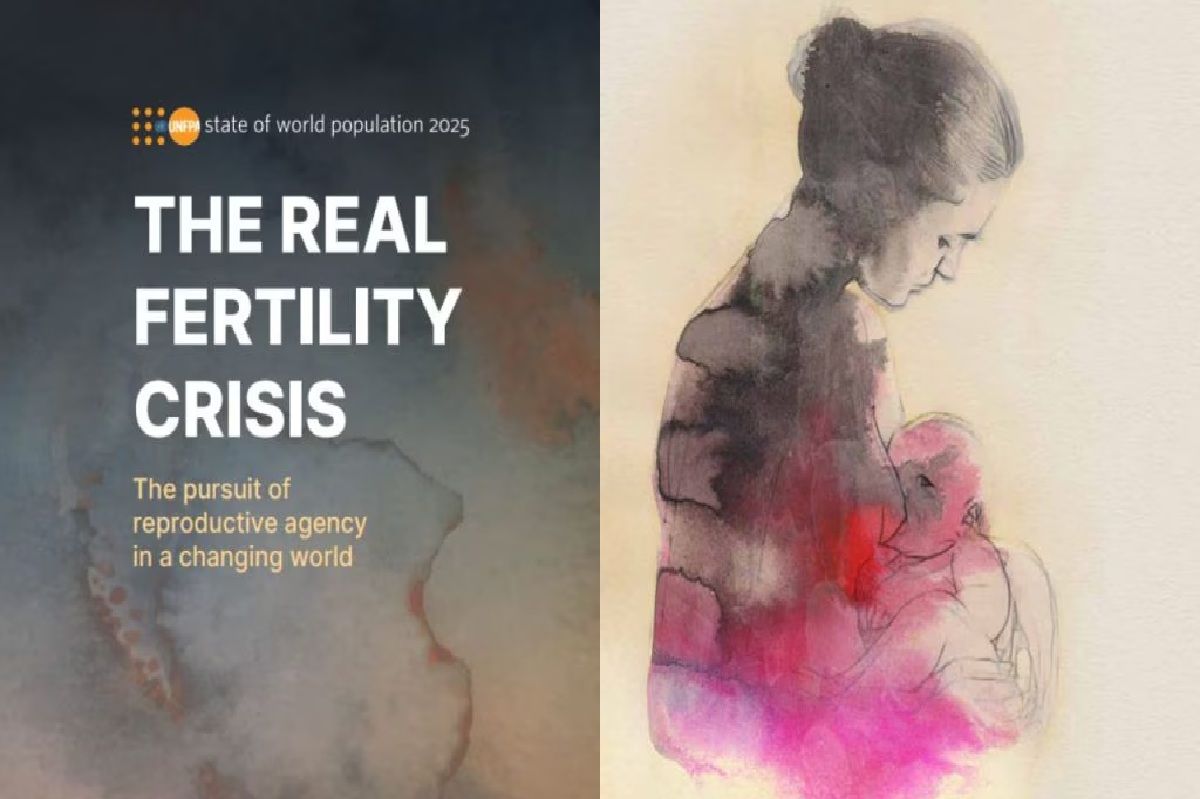



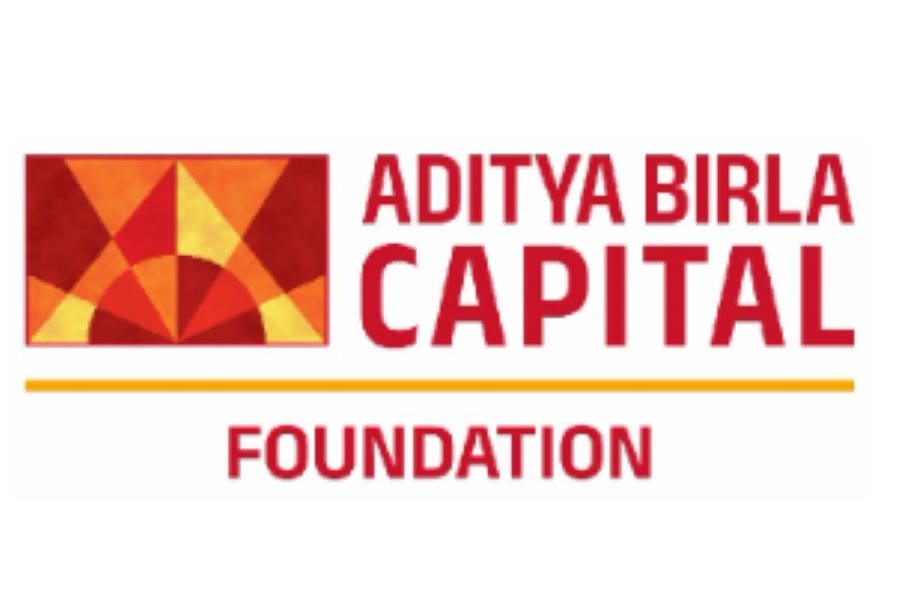



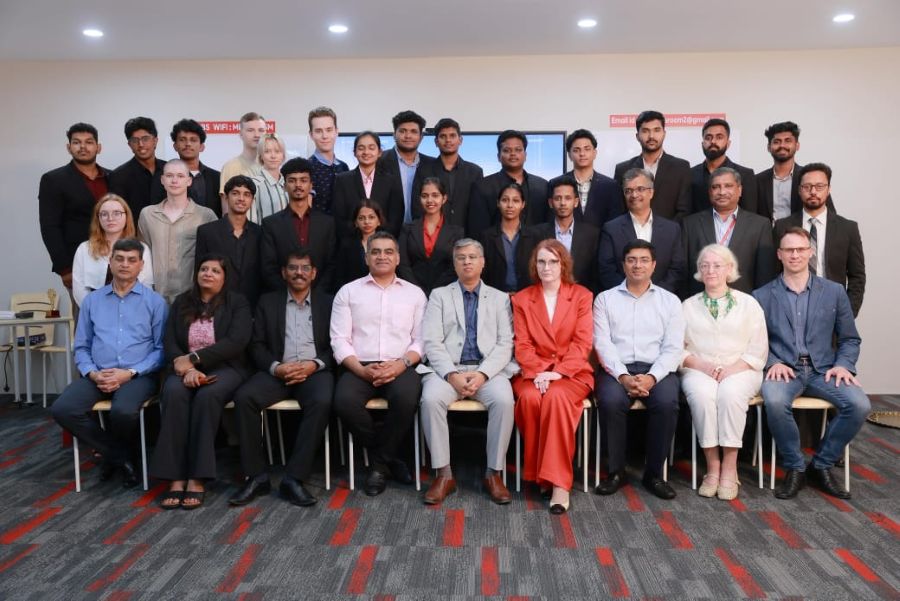

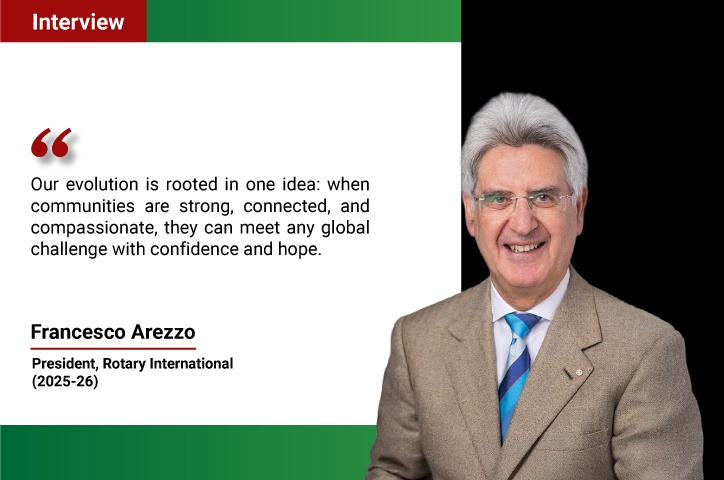
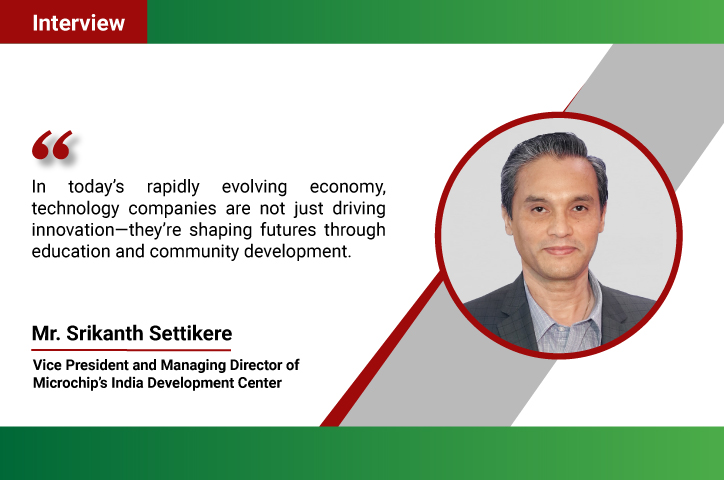
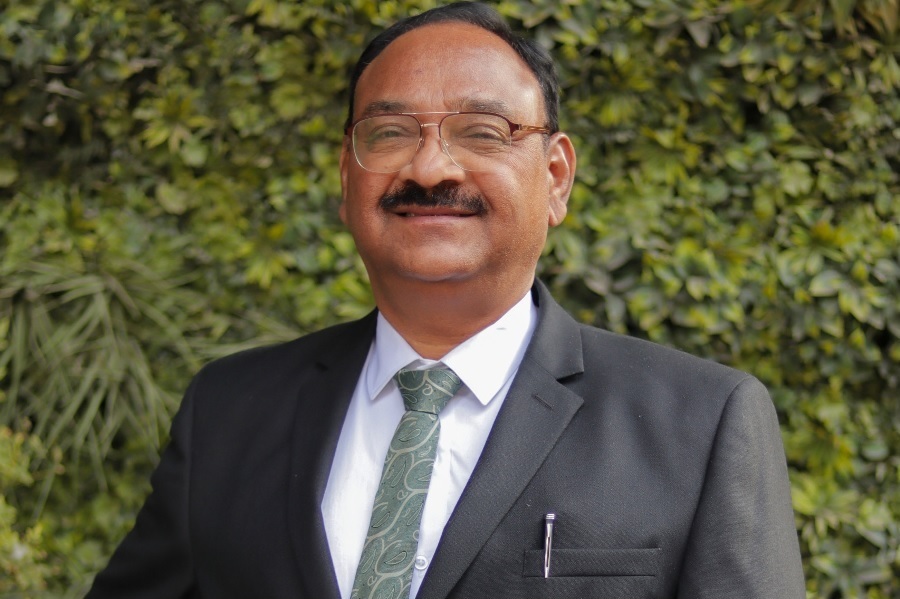

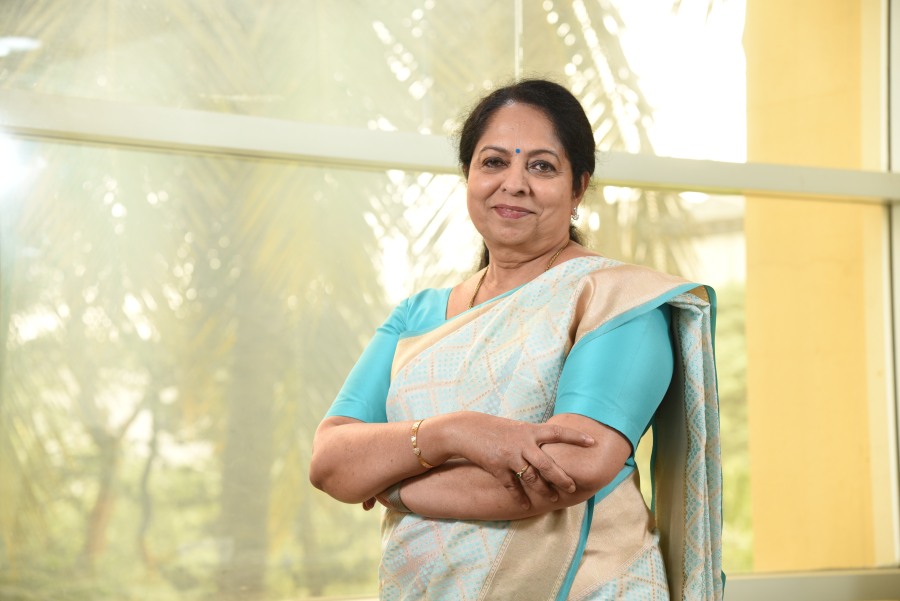
.jpg)




